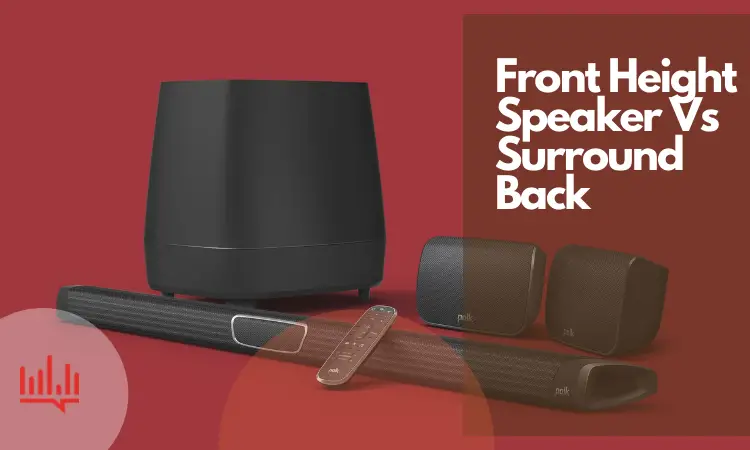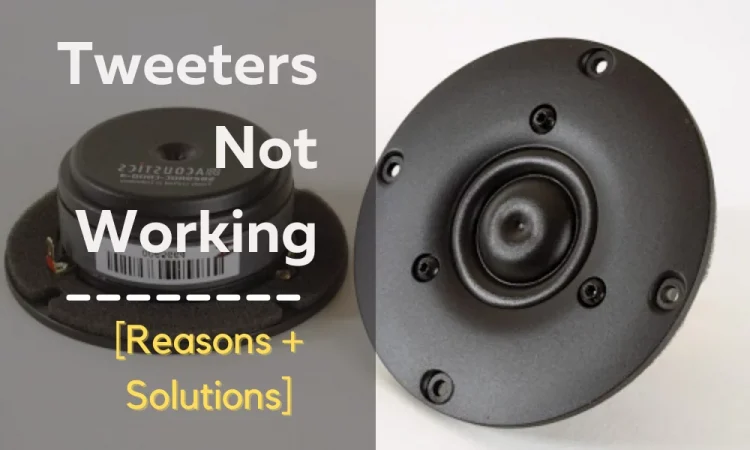Wires can be really problematic sometimes. We often have to change our chargers or earphones because they are too weak to survive longer.
But doubling up the wire can really help. If you know how to do it, then you can make any wire stronger.
So, can you double up speaker wire?
Yes, you can double up speaker wires. Use two lines of the same cable. One with a wedge connector and the other with banana plugs would be a workaround. This should allow for a doubling of the speaker cable while halving the cable resistance. This results in improved performance.
Does this seem helpful to you? Superb! We have full in-depth ideas on this explained in our next segment.
Let’s get started!
Can You Double Up Speaker Wire? – Answered In 4 Easy Ways
It is general knowledge that lowering the resistance of a speaker cable would only provide positive results. For example, an amplifier’s ability to better regulate the speakers it drives.
As a result, the recommendation is to use the thickest or multiple strands for flexible speaker wire. It is feasible when it means 500 strands, while more significant strand counts may be available. Just like connecting the dac to power amp, the process of doubling up speaker wires is easy.
Now let’s get into the steps –
Step 1: Connect the Wires In Parallel
First things first, connect the wires of the speaker either in a series or parallel. A series connection creates a 16-ohm load within which your amplifier will never reach full power. It will also produce strange enough reactances to cause sound degradation.
It makes some differences whether you choose series or parallel assuming linearity. The highest output voltage of the amplifiers is the first limit or considerable non-linearity if you prefer. Serial is worse since it necessitates a higher output voltage.
Speakers should not be wired in series since their impedances will interact with one another. It will undoubtedly distort your signal.
Because a speaker’s impedance fluctuates nonlinearly. That is with the wavelength of the speaker audio stream it is replicating.
So, we’re recommending you continue using parallel.
Step 2: Use Amplifier
The disadvantage of paralleling the wires is you may be expecting the amplifier to produce more current or power. But if you wish, it is allowed to mix 6ohm and 8ohm speakers.
If things aren’t in favor, this might result in a failure. But it is far more probable that the amplifier would enter an over-current. Also, it can enter an over-temperature protection mode.
It may cut off for several minutes, sound extremely distorted, or you may not even notice. One important thing about these protection modes are safety measures. Iif feasible, avoid putting the amplifier into such modes. If the load is out of specification, this is especially true.
One significant advantage of solid-state amplifiers was the ability to produce comparatively low internal impedance. It is over their earlier tube relatives.
It is by the use of massive quantities of negative feedback. Giving the solid-state, direct-coupled amp a considerably greater damping factor.
High absorption factors are useful for managing loudspeakers. Especially when it comes with a high mechanical mass and, as a result, a high reactance.
If you’re looking for high quality amplifiers, here’s our recommendation.
| Image | Product | Features | Where To Get |
|---|---|---|---|
 | LLLLKKKK 320W | High Input sensitivity | Check Price |
 | Fosi Audio BT20A | 24 v power supply Bluetooth 5.0 | Check Price |
 | Crown XLi800 | Electronically balanced RCA & XLR inputs | Check Price |
Step 3: Keep The Volume Low
You should go for a parallel connection of speakers wires. But do it slowly if possible. For the very first hour or two, keep the volume low. Then, raise the volume slightly and test it for a few more hours, and so on. Back off if you ever find yourself in protection mode.
Any size dynamic made of voice coil & diaphragmatic cone of the loudspeaker has a considerably complicated load. Especially with low frequencies approaching their mechanical resonant frequency.
Keeping low volume also helps to increase the longevity of the speakers.
Step 4: Use Thick Wires
The disadvantage of double-up a speaker wire is that the overall capacitance will be doubled. Although, there are exceptions for a few cable types.
These have ultra-high capacitance as a method of obtaining ultra-low inductance. The speaker wire capacitance is typically not particularly essential.
You can simply choose a thick wire to avoid all this hassle. But what’s the point of having a thick wired cable for speakers? Well, it is useful indeed.
The resistance to the flow of current is lower in the thicker wire. Long wire lines, high power uses, and low-impedance speakers should use a thick wire. 16 gauge wire will usually suffice for fairly short runs (below 50 feet to 8-ohm speakers).
If you’re looking for some thick wires to buy, here are some recommendations for you. These are trustworthy as well as worth every penny you spend.
| Image | Product | Where To Get |
|---|---|---|
 | 16AWG Speaker Wire | Check Price |
 | 12AWG Speaker Wire | Check Price |
 | ITSROCK 2 Pack 30ft | Check Price |
But if you think this process is a little too complicated for you then you can take expert help. Also, some professional reviews will guide you to understand it in a better way.
You might also want to check out why your record player might give out low-pitch sound.
FAQs
How to run two wires next to one another?
To run two wires next to one another, connect two speakers in parallel. If both speakers have an impedance of 8 ohms or more, connecting them in parallel is usually safe. If your amp does not support 4 ohms (some only support 6 or 8 ohms), you should connect your two speakers in series.
Is it safe to increase wire diameters?
Yes, it’s safe to increase wire dianmeters. Since thinner diameter wires can theoretically be carried over great distances, any speaker wire that is longer than 50 feet is not advised. Whenever you need to connect a line further, use 12 gauge or even less wiring.
What’s the problem if the speaker wire is too small?
The only issue with using excessively thinned wire is that if you run sufficient current through it to burn it, your amp will be unhappy. Unless the wires are burned and fused, creating an open connection with no load, the amplifier will be great.
Wrapping Up
We hope these methods help you out. Now you know how can you double up your speaker wire.
So, you can easily make your cables double wired and easily use them without any worries. That’s all for today’s article. If you are willing to let us know anything, just leave a comment.
Good Luck!


